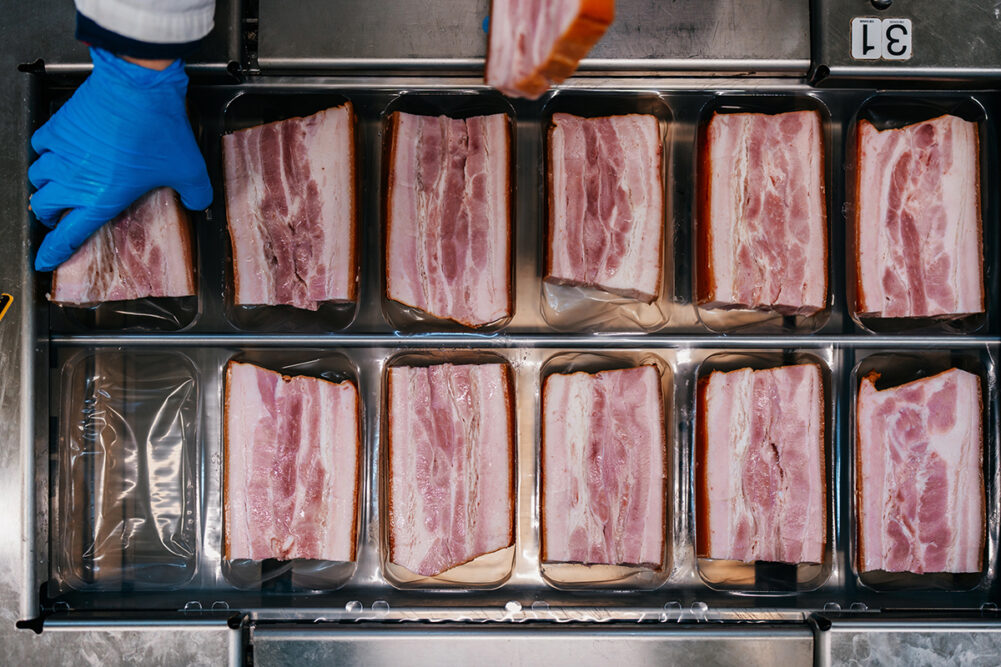UTRECHT, NETHERLANDS — Rabobank’s Global Pork Quarterly Q4 2024 report explained that even with improved profitability, many global pork producers remain cautious about herd rebuilding with ongoing trade, disease and demand uncertainties.
Christine McCracken, senior animal protein analyst for RaboResearch, explained that global sow herds have remained steady through the third quarter of this year, but there’s been little sign of expansion despite profitability in some regions.
“We expect a seasonal production increase as temperatures cool and fresh corn becomes available, though herd health challenges typically rise during this period,” McCracken said.
Trends Rabobank continues to track include disease pressure on herds in Europe, South Korea and Southeast Asia, as well as slow production growth. Other areas the group continues to monitor are US slaughter constraints and EU regulatory headwinds. All of these areas bring questions about consumer sentiment and pork demand, making it a difficult decision to expand herds.
The report continued to emphasize biosecurity as a top priority since disease outbreaks in South Korea, Russia and the European Union have led to production losses for the second half of 2024. Rabobank pointed out that China’s moderating disease pressure should support a return to herd growth next year. Slight production growth is also expected in Brazil, the United States, and southern EU countries.
With recent changes in Mexican and Japanese administrations and a US election a few days away, McCracken’s report explains a trend toward regionalized trade that could create a less supportive trade environment for pork in 2025.
“Retaliatory trade actions like China’s anti-dumping case against the EU also highlight the global industry’s need to remain nimble,” the report stated. “Recent labor and weather-related logistical challenges only compound trade uncertainty and highlight the need to build domestic demand and diversify markets.”
Regional feed production and costs remain top of mind for Rabobank analysts even with global feed inventories nearing the best levels in years. With dry growing conditions in South America and Asia, the current feed cost advantage does not necessarily apply to all world regions equally.
According to Rabobank, soybean planting has been delayed in Brazil due to dry conditions and could affect safrinha (second crop) corn acreage in 2025.
North America’s large harvest has rebuilt stocks, but the European Union and Asia have fallen short.
“With global stocks providing an adequate buffer, we project another year of moderate cost of gain for most leading pork producers in 2024/25,” McCracken said.
During 2024, lower corn and soymeal costs provided margin relief and incentivized heavier weights in some regions, while tighter wheat suppliers kept costs high for other regions.
McCracken also pointed to the logistical challenges and potential impacts from a La Niña winter to further complicate the market, while pork consumption shows a positive trend.
Rabobank analysts will continue to watch consumer confidence going into 2025 as it remains a challenge in many markets due to ongoing economic difficulties, according to the report. Consumption trends globally will continue to impact prices, investment decisions and global trade.

